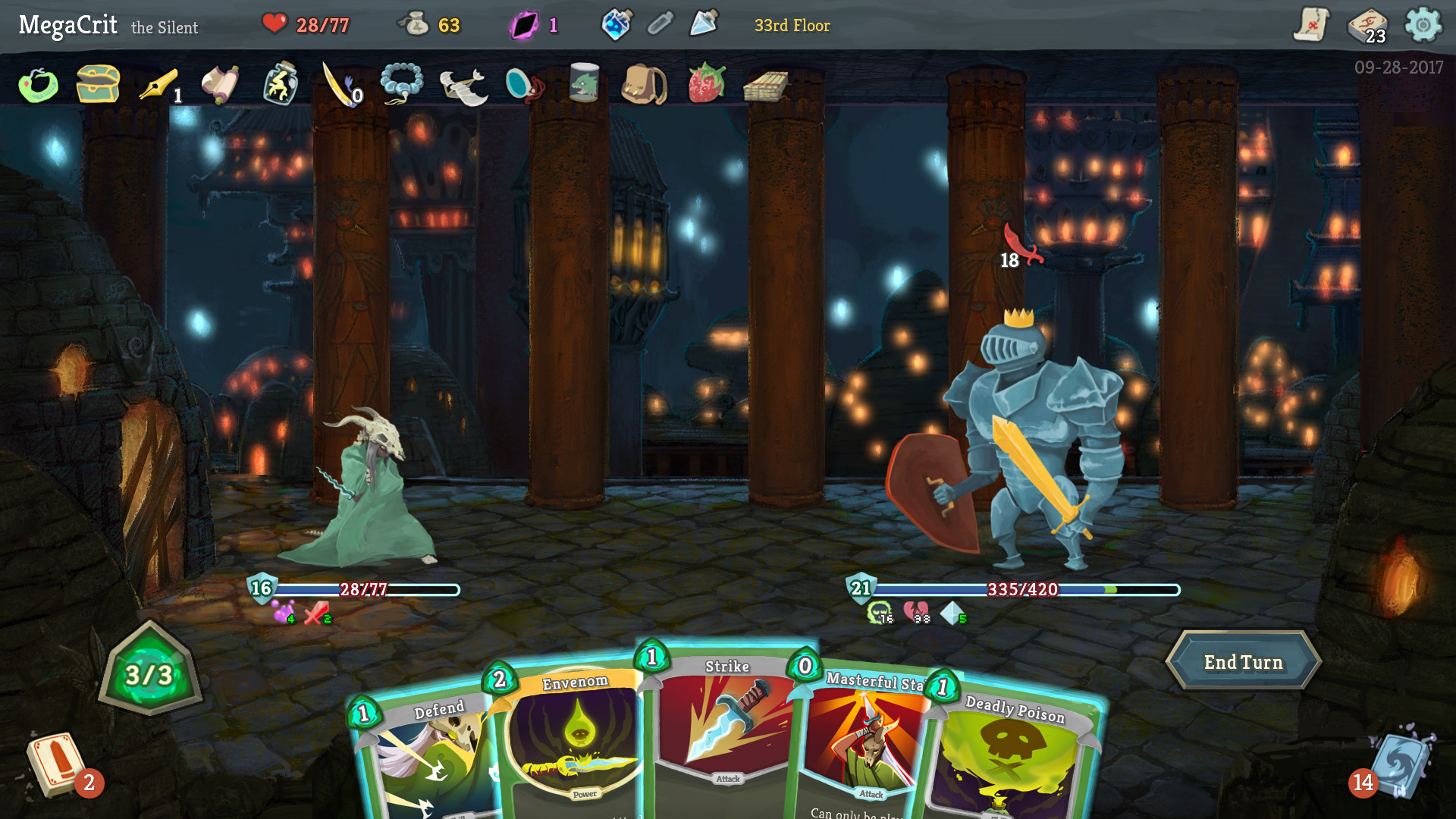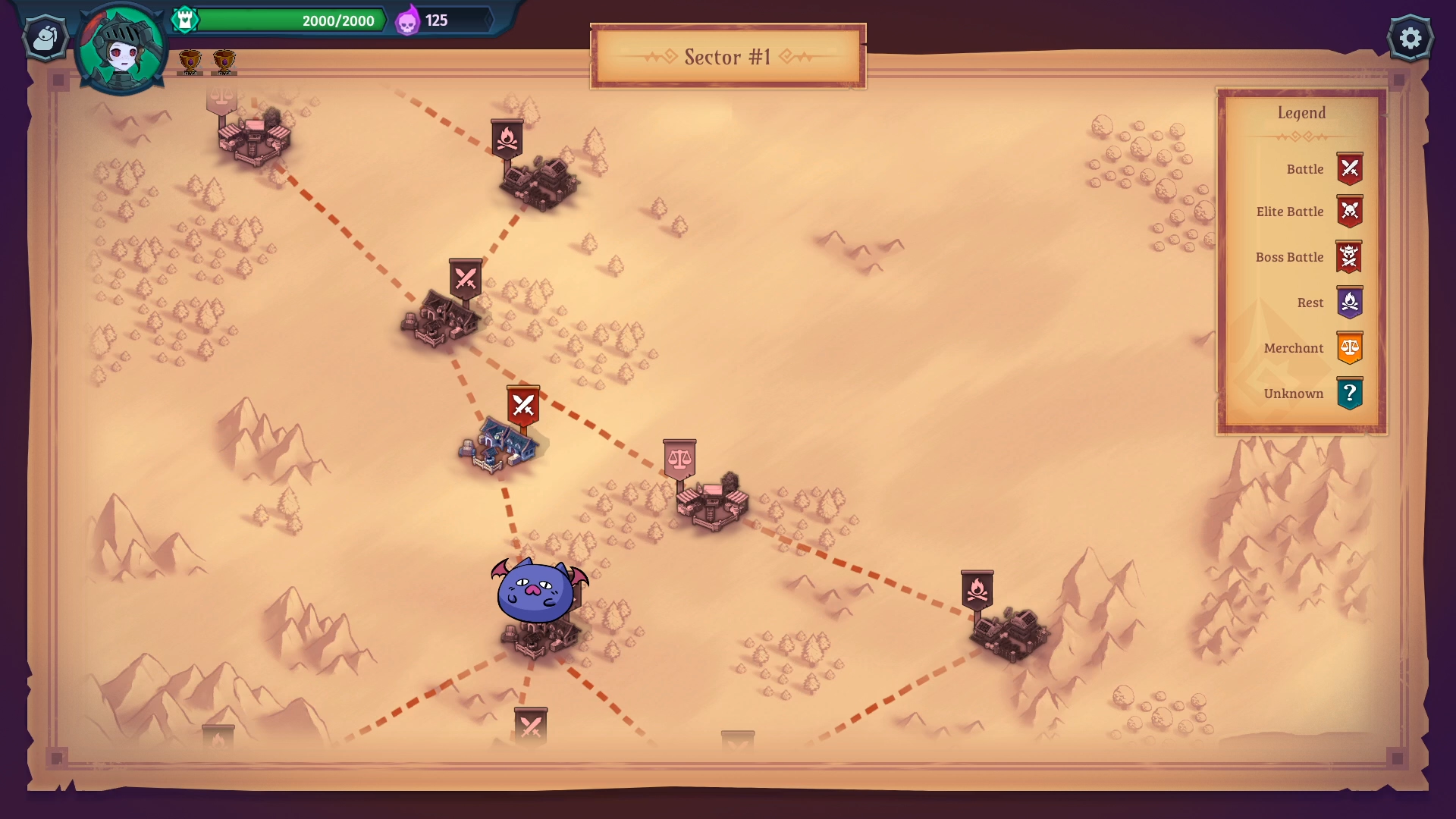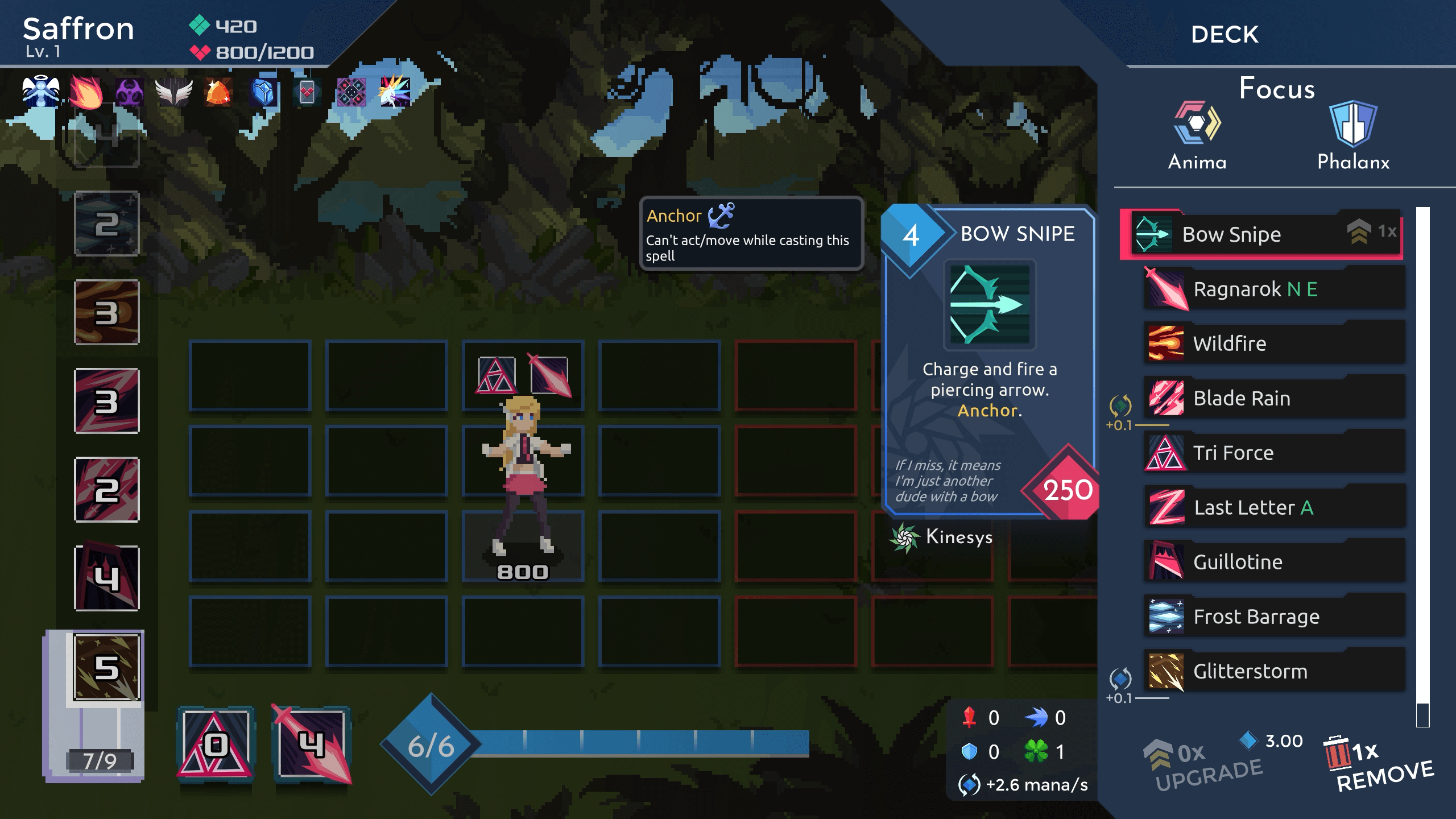The Rise Of The Slay The Spire-Like
Haven’t we been here before?

Slay The Spire has certainly earned its legacy as one of the best deck-builder roguelikes out there, achieving the landmark of over 1.5 million copies sold around this time last year. Its ever-changing nature and meticulous design lure you into the “just one more run” loophole almost immediately, and there’s no other game quite like it. That being said, its influence has certainly reached other titles in the genre, which is perfect for those looking for something new that’s just as engaging to play.
One of the most intriguing elements it introduced is the map. Roguelikes (or roguelites, take your pick) such as Enter The Gungeon and The Binding of Isaac, present procedurally generated levels, but the main structure usually remains the same, you just venture deeper. Rooms are all different, and visiting them tends to be a seamless experience, though you don’t usually know what to expect. A mini-boss might be waiting inside, or maybe that one room that you left unchecked all the way across the map doesn’t have an exciting reward for you after all.
The map in Slay The Spire, on the other hand, streamlines everything that’s ahead of you clearly, without giving away any surprises. Question marks are only left for secret rooms; there’s a set icon for each room, whether it might be holding regular or elite enemies, treasure, shops, or a bonfire to help you recover or become stronger. The catch is that you don’t know exactly what to expect in each, since everything is random, and picking a room is a daunting decision to make. You’re not just choosing your next step in the dungeon but also limiting which rooms you can pick from up until the final boss. Clicking a treasure room might be tempting, but you might end up facing three consecutive elite enemy rooms if you don’t scout ahead beforehand.
A Good Cadence Is Essential

Warlander from Clock Drive Games takes a similar approach, but it takes the formula into that of an action game. Intertwining both genres sounds like an odd premise, dividing said action into small chunks, but it’s an interesting take. While in the Hand of Fate series combat sequences were mostly tied to luck and narrative choices, Warlander lets you know what to expect before it happens. This, in turn, allows you to decide what the best course to follow is. Other games such as Nowhere Prophet and the recent One Step From Eden have also iterated on this initial concept, though Nowhere Prophet is a case of simultaneous invention of sorts, as it was actually in development before Slay the Spire released.
Necronator: Dead Wrong puts you in the shoes of a villain, and it essentially builds on the foundation of many of the concepts from Slay The Spire, from its deck-building nature to the way it presents the map, but the gameplay is completely different. It’s a real-time micro-strategy game where you guide an army of undead minions through different levels, conquering villages and just wreaking havoc all around. Each of these minions is a card though, and you can add to them or upgrade them as you progress through the game. The pace, however, demands significantly more planning when it comes to reacting to enemy attacks, as the action never stops.
Speaking of pace, One Step From Eden is a prime example of another completely different experience that still maintains the design ideas that make the deckbuilding subgenre so interesting, and polished, throughout its short but rapidly evolving life cycle. It introduces itself as a hybrid between Slay The Spire and the Mega Man Battle Network series, but goes one step (sorry) beyond by presenting some unique twists.
It’s A Trap (Room)

The characters you choose, for example, are also present in runs as bosses. Said bosses also become increasingly difficult to beat as you venture further into a run, even gaining different attacks. Strategy is key once more, especially when it comes to choosing whether to spare or erase them from the run entirely. If you pick the former, they will reward you with healing, and there’s a chance that they will appear later on to aid you in combat, such as preventing a fatal blow. If you decide to kill them off instead, then you’ll be rewarded with a powerful artifact. Your decisions also affect the ending you get, as well as some of the unlocks too.
Something that I would personally love to see more of in the genre is the ability to “practice” with your new attacks and skills. After gaining a couple more cards for your deck, and right before choosing a path ahead, you’re free to experiment with your current build and see how it would work out in upcoming fights. It’s a small detail, but it can make a huge difference when you’re either starting out with a character you don’t know very well, or if you’re half an hour into a run and took a risk adding a new card, unsure of whether or not it’s the best decision ever or you just jeopardized your carefully crafted deck and have ruined your run.
This subgenre is still growing in different ways, and it’s intriguing to see how many elements first introduced in it, are appearing in completely different experiences. Slay The Spire certainly learned from past lessons, and it’s now leaving its new techniques and lessons for upcoming games. The key seems to be keeping each run entertaining for players, whether it’s their first run or their hundredth. Just try not to fall into the trap of a treasure room; you should never trust a treasure chest.

